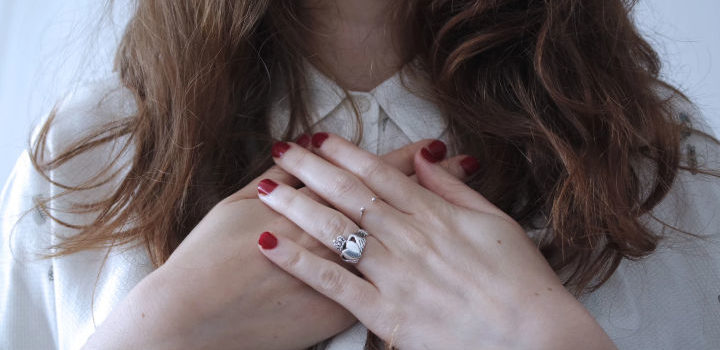
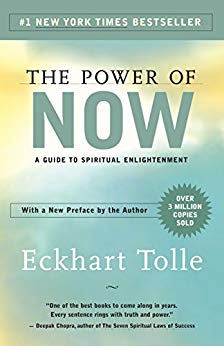
This article is an excerpt from the Shortform summary of "The Power of Now" by Eckhart Tolle. Shortform has the world's best summaries of books you should be reading.
Like this article? Sign up for a free trial here .
What is Eckhart Tolle’s pain-body? Why does it cause so much trouble in your life? Why does your past cause you so much emotional pain today, no matter how hard you think about it?
According to The Power of Now and Eckhart Tolle, the emotional pain body is the invisible entity of pain that accumulates through your life. This starts with painful experiences from childhood, and every experience that brings you emotional pain is added to the collection.
As an accumulation of emotions, the pain body is ultimately a product of the ego that prevents you from being present and feeling inner peace. In this complete guide to Eckhart Tolle’s pain-body, learn
The Pain-Body Is Like a Mind-Controlling Parasite
According to Eckhart Tolle, the pain-body is a mass of negative energy that can occupy your body and mind. It is like a parasite, living in you and feeding on you physically, mentally, and emotionally. But the pain-body only has as much power as you give it; the pain-body feeds on the negative energy that is created when you get swept up in the emotions it produces and identify with the pain-body.
Events, conversations, and thoughts can trigger the pain-body, especially if it hits a nerve with a familiar pain pattern from the past. When your pain-body is triggered, it can cause you to be irritated, impatient, somber, angry, depressed, or antagonistic.
- (Shortform example: Your pain-body includes many experiences of feeling like you could never live up to your older brother’s achievements. So when your parents tell you about the new house your brother just bought, it is likely to trigger your pain-body. In response, you might feel angry, defensive, or inferior.)
When the pain-body is in control, you become a victim or a perpetrator, either inflicting pain on others or yourself. This feeds negative energy back into the pain-body and strengthens its power, creating a vicious cycle.
This seems nonsensical — why would you feed into your pain-body? Who would want pain? But when you look at your patterns of thoughts and behaviors, you may recognize this.
- Think of when people seem to self-sabotage for no apparent reason, and the people around them can’t figure out why. Or when people are lonely but then lash out at others and isolate themselves. This is the pain-body at work.
Not all pain-bodies are created equal. Some people have lived through more frequent or more severe pain, creating greater pain-bodies. Additionally, each pain-body has different triggers and different levels of sensitivity to those triggers.
- Some people’s pain-bodies are dormant most of the time, only awakening when something triggers them. Others, including many chronically unhappy people, have pain-bodies that are active virtually all the time. These people have likely made their pain-body part of their identity.
- Some pain-bodies are nagging but less destructive, causing depression or irritation. Other pain-bodies are physically or emotionally violent, attacking those around you or attacking you — their host — with negative thoughts and feelings, even leading to suicide.
Problem: Identifying With the Pain-Body Only Brings More Pain
Like the ego, the pain-body only has the power to survive and thrive if you identify with it. When the pain-body’s negativity — whether anger, depression, self-pity, or resentment — takes over your thoughts, you are identifying with it. When you do so, you’re feeding into the pain and creating more of the negative energy that strengthens it. And, according to Eckhart Tolle’s teachings, when the pain body is in control, you are not present.
Some people create a strong identity based on their pain-body. For instance, some people who have faced incredible hardships and misfortunes forever define themselves by those experiences and the pain they caused them. Some people with chronic illness make that a primary part of their identity.
Although those experiences surely required admirable amounts of strength and resilience, constantly carrying that pain into the Now weighs those people down and prevents them from accessing peace and happiness in the Now.
Many of us live our lives identifying with our pain-bodies to some degree, believing those hardships make us who we are. If you’ve long identified with your pain-body, you may resist letting it go; it can feel like losing your identity (e.g. Who are you without your survivor story?).
But when you stop identifying with your pain-body, you can free yourself from carrying that pain and being consumed in the negative energy it creates. This also allows you to be present and connect with your true Being.
Solution: Separating From Your Pain-Body
According to Eckhart Tolle, the pain body is a product of the ego, and the way to separate your true self from the ego is to observe it. So to disconnect from your pain-body, you must observe it when it awakens; resist engaging with the thoughts, emotions, and negative energy the pain-body creates.
Separating yourself can be very difficult because the pain-body accumulates so much negative energy that it creates a powerful force of negative thoughts and emotions. You have to focus deliberately on observing these without getting sucked in.
When you observe your pain-body — even if it’s just for a moment, before the negative energy pulls you back in — you can see that there is a part of you that is not consumed by your pain-body, that is merely witnessing it. What’s more, with time and practice you begin to learn your pain-body’s tricks and tendencies. The more you do this, the more power you have to stop identifying with the pain body and break its power over you.
For example: When you’re worked up and angry because someone just insulted you, try to stop for a moment and take a step back. If you can pull yourself away from embodying that anger, you can observe the situation almost as a third party:
- “She just said that I’m lazy, and it was really offensive. I got upset because I am absolutely not lazy, and in fact I work incredibly hard.”
- On a deeper level, it’s very important to me that people recognize me as a hard-working person, and she hit a nerve by saying the opposite.
- The reality is that whether she — or anyone else — acknowledges it or not makes no difference in the work I put forth. (Furthermore, it might be worth examining why it’s so important to me that people recognize me as a hard-working person.)
As you observe your pain body, do not judge: Don’t call it bad or good. Don’t blame yourself for feeling that way or succumbing to the pain-body’s power. Don’t blame others for triggering it. Just observe it.
- St. Paul said, “Everything is shown up by being exposed to the light, and whatever is exposed to the light itself becomes the light.” Your presence and awareness are the light that exposes the pain-body.
Notice how you may be attached to your pain-body by wanting to talk about it or think about it. This is a way of creating more negative energy, and is likely a habit you formed from years of identifying with it.
Many of us are guilty of complaining to others or throwing pity-parties for ourselves. There can be a certain amount of pleasure, or at least some form of satisfaction, in this act. But it is not productive and is only feeding the strength of our pain-body.
Even after you’ve separated yourself from the pain body, it may still have some momentum and take time to wind back down to dormancy. You may even feel temporary physical aches and pains while the pain-body is subsiding. This is normal. Keep persevering, and soon you will be separated from your pain body.
———End of Preview———

Like what you just read? Read the rest of the world's best summary of "The Power of Now" at Shortform . Learn the book's critical concepts in 20 minutes or less .
Here's what you'll find in our full The Power of Now summary :
- Why you feel pain from the past, and how to get rid of it
- How to be more present and stop worrying about the future
- The 8 key ways to achieve mindfulness

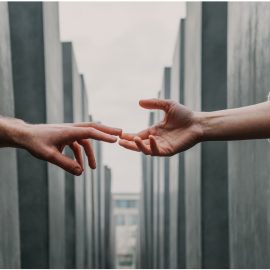
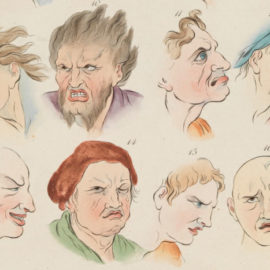


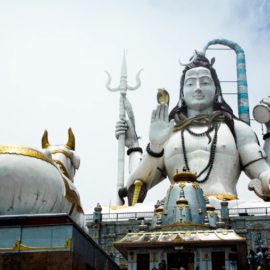
What a great idea shortform is. A little friendly feedback if you don’t mind — I don’t want to sign up for an app. In particular I only want the short form of this book, not any others. But if you made these shortforms available on Amazon Kindle, I would totally buy there, so I could read in my Kindle app on my iPad.
You don’t want a shortform app, but you want to use an app to view a shortform? Perhaps reading more Tolle will help 🙂
I totally agree with Katie!!!.
You can only get the light that St. Paul was talking about after eating the Orthodox Bread and water or wine. How do you pray? You first go into your closet and get the bread or water.
St Paisious: ‘a little rusk can help you look up to heaven’
You people have no idea about the mystery teachings do you?
nice article.